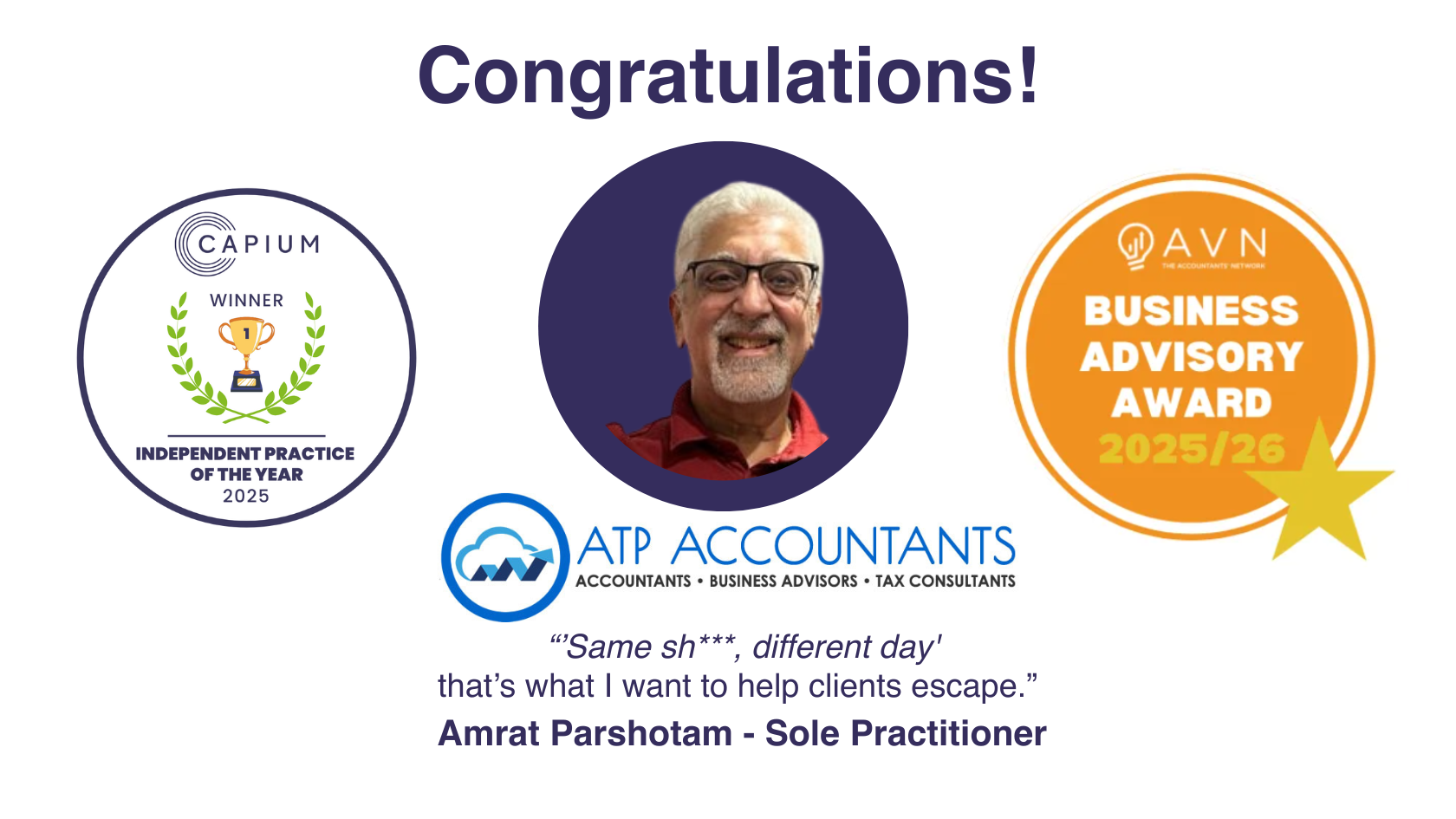One of the biggest challenges facing accountants today is one that’s been around since the profession existed: managing your time effectively.
With daily client calls, changing legislation to keep on top of, and a team to recruit and train, it can feel like there aren’t enough hours in the day to get things done. You’ve got competing deadlines, urgent issues that sideswipe your well-planned to-do list, and clients that want an answer to their question right now.
But, rather than working longer hours – which we know leads to burn-out, stress, and poor staff retention – how can you get more out of the hours you’ve got in a day, and encourage your team to do the same?
We’ve put together an approach to get started.
Step one: understand how you’re spending your time
It’s one thing to know you and your team feel too busy – but do you know what tasks are actually taking up the most of your time?
Understanding exactly what’s eating into your working hours is the first step to proactive time management.
To do this, you can use time tracking software – both on an individual basis, or for projects or specific client workloads – or more rudimentary methods, like asking your team to manually document what they’ve done each day and how long it’s taken them.
When doing this, there are two things to watch out for.
One is to make sure you’re clear this isn’t you ‘checking up’ on your team or finding out how quickly they’re working; it’s about building an accurate and realistic picture of how things are.
The other is that, while it might feel counterintuitive to do an exercise that in itself takes time, committing to it for a fortnight or a month will give you a true representation of where your hours and efforts are being spent – and the results might surprise you.
Step two: categorise your types of work
There are many frameworks that you can use to help categorise, and then prioritise, different tasks or types of work. One that we’ve found particularly effective for accountants is a quadrant model, where you divide things into four categories:
- Urgent and important
- Non-urgent but important
- Urgent but not important
- Neither urgent nor important.
Category one tasks tend to be high priority things that could present immediate risks to your firm – like finding a serious error in client work, a client threatening to leave, or a team member going AWOL. They need to be dealt with right away.
Category two work, in an ideal world, is where you’d spend most of your time; things like developing a long-term growth plan, building strategies for client and team retention, or the scoping of new services. If left for too long, these things often move into quadrant one, becoming urgent.
Category three tasks – sometimes referred to as ‘busy work’ – is where you can end up spending a huge amount of time. We’ll bet you’ll be familiar with them: they’re things that are easy to cross off your list, but ultimately don’t move the dial in terms of progress.
Finally, there’s category four: which is where you can immediately look to cut things down. If it’s neither urgent, nor important, it’s probably not worth your time at all.
Step three: map the first two points together
Once you’ve looked at how you and your team are spending your time, and you’ve thought of and categorised as many types of task or forms of work as possible, it’s time to overlay the two.
Doing this can draw some pretty stark conclusions, and lots of firms find they’re spending too much time on the urgent/non-important tasks, and far too little on the really powerful things or strategic priorities.
Try converting the data into percentages, and you’ll immediately have a clear idea of where your time is going, and what you need to look at tackling first.
By understanding, for example, that too much of your team’s time is spent on admin processes that are inefficient or clunky, you’ll be better equipped to put solutions – like automation or enhanced training – in place to help tackle them.
The above way of working isn’t a magic fix, nor does it give you any more hours in your day. But, by working through exactly how your time is being spent, you’ll be in a stronger position to change that – and to dedicate and allocate yours and your team’s hours more strategically.








